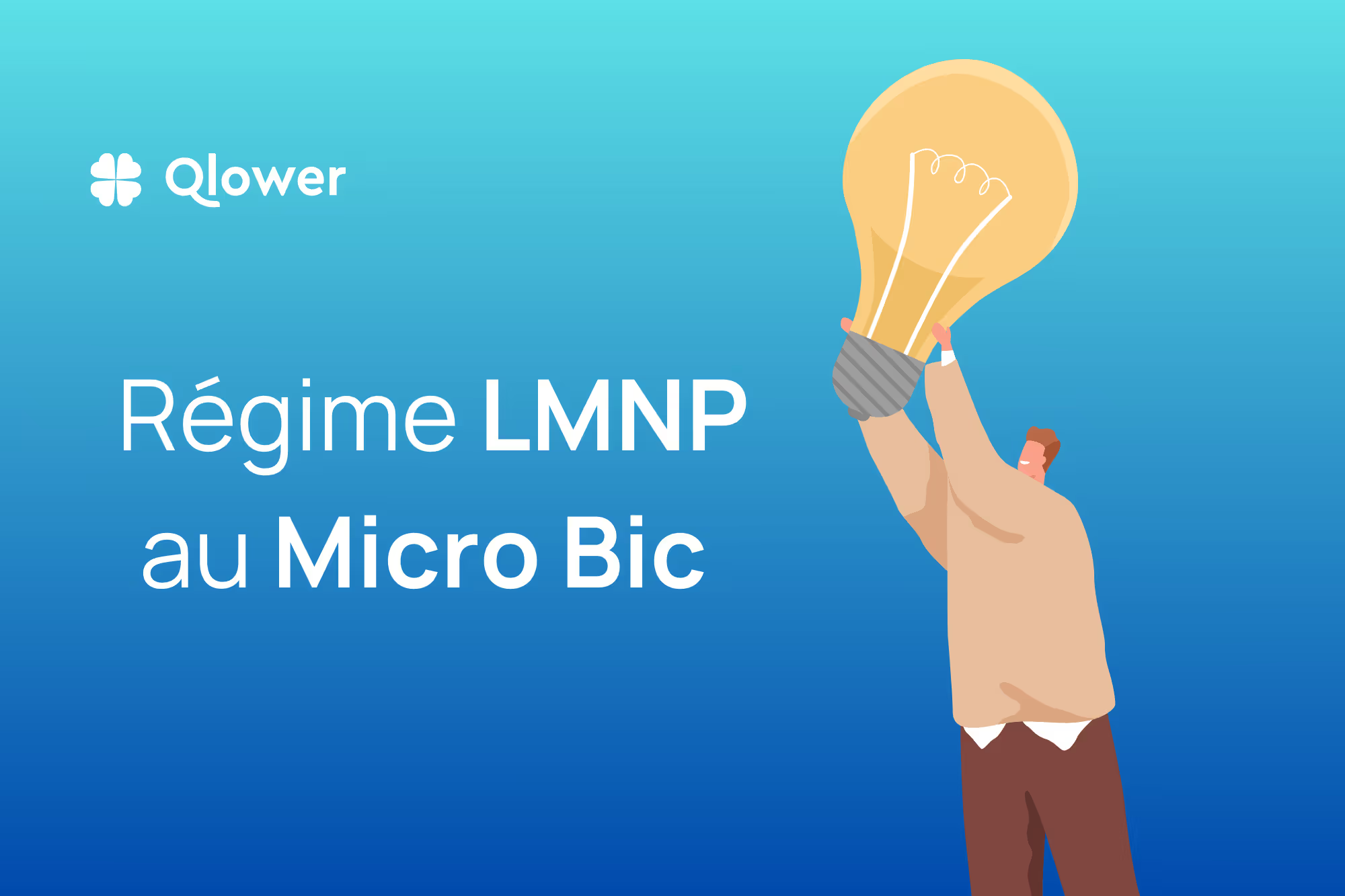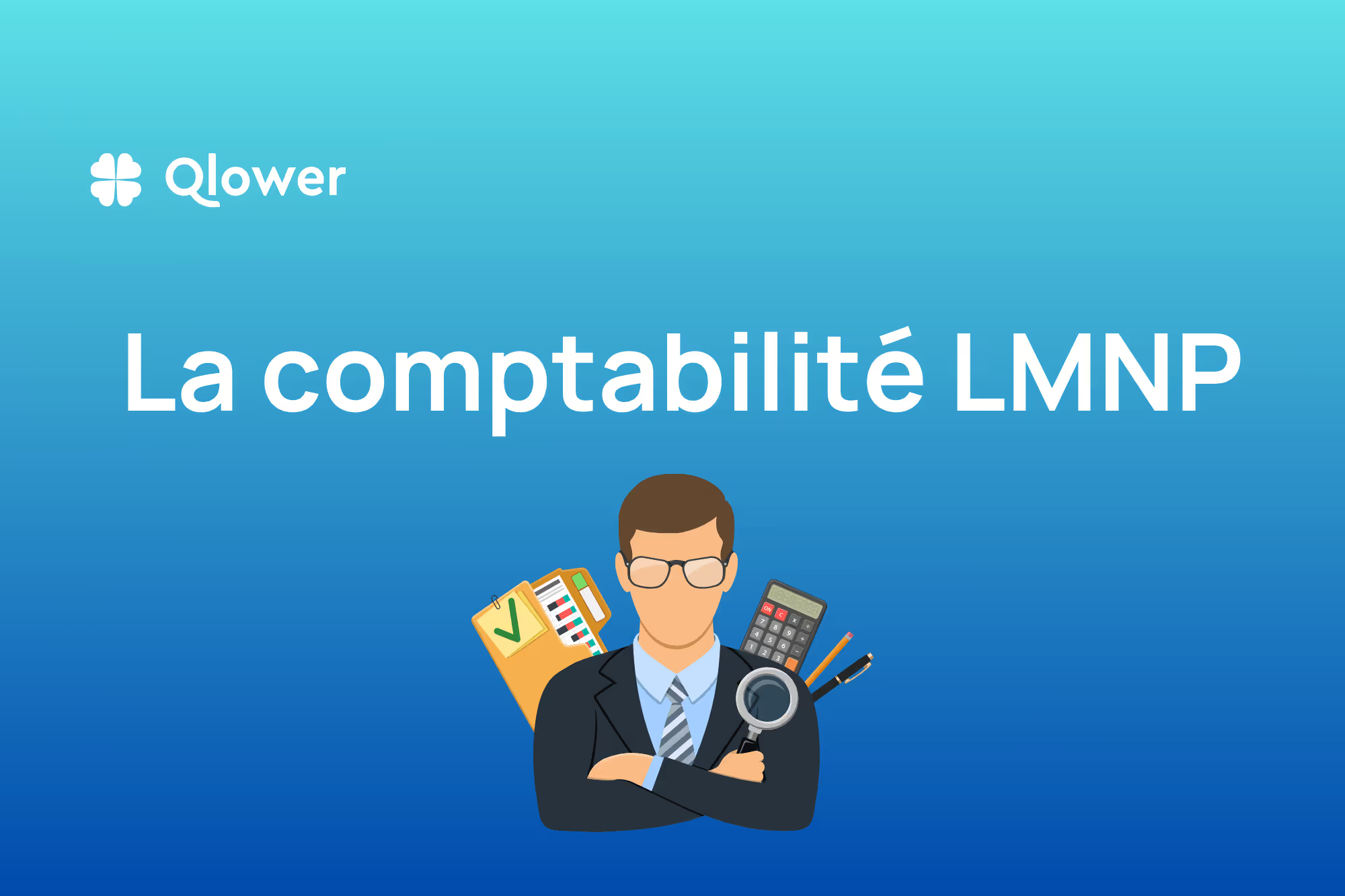LMNP micro-BIC 2025 regime: Practical advice for your taxation
In 2025, the LMNP (Non-Professional Furnished Rental Company) Micro BIC regime evolved profoundly. It continues to represent a fiscal opportunity attractive for furnished rental investors under certain conditions. This status, much appreciated for its generous lump-sum allowance and its ease of management, offers owners the opportunity to minimize their tax obligations while taking advantage of the profitability of furnished rentals. With a reduction of 30 to 71% on rental income, the Micro BIC regime can be a wise choice for certain profiles of furnished rental investors, whether for classic rentals or tourist rentals.
What is the LMNP Micro BIC?
Non-Professional Furnished Rental (LMNP) under the Micro BIC tax regime is a French tax formula designed to simplify the declaration of income generated by the rental of furnished real estate. This status is available to owners whose annual rental income does not exceed certain thresholds. These thresholds changed in January 2024 and range from €15,000 to €77,700 euros depending on the rental method and the geographical area.
With regard to seasonal rentals, the vote of the 2024 Finance Law has led to a sudden and important change: The reduction of the micro-BIC thresholds from €77,700 (and up to €188,700 for classified furnished tourist accommodation) to €15,000 only. Beyond that, the BIC-real regime applies automatically.
The micro-BIC regime is characterized by the application of a flat rate allowance of 30%, 50% or 71% on rental income depending on the case. This allowance is supposed to represent the charges and expenses related to the rental activity. This allowance is designed to cover all expenses, from maintenance to insurance, without the need for detailed justification or declaration.
Until the end of 2023, the furnished tourist accommodation Classified benefited from a 71% discount, but this situation changed with the vote of the 2024 Finance Bill (PLF 2024). Currently, all seasonal renters are subject to a 30% discount. Only furnished tourist accommodation classified outside of tense areas can benefit from a 51% discount, provided that the total annual furnished rental income does not exceed €15,000. If not, their reduction is also reduced to 30%.
It is still possible, below the limits of the micro-BIC regime, to choose the Real BIC regime.
Understand how the micro BIC regime works in LMNP
Certainly, the micro BIC regime in LMNP (Non-Professional Furnished Rental) offers simplicity of management and advantageous taxation, but it is important to master its characteristics and to understand its differences with the real regime in order to choose the most suitable option for your situation.
Key features of the Micro BIC diet
50% lump-sum reduction: One of the most attractive features of the Micro Bic regime is the 50% flat rate reduction applied to rental income. This allowance is supposed to cover all expenses related to the rental activity, without the need to justify the actual expenses.
Revenue threshold: to be eligible for the Micro Bic regime in 2025, annual revenue from furnished rentals must not exceed 77,700 euros. This threshold allows you to include
a large majority of owners of furnished properties in this advantageous tax regime. This threshold is reduced to €15,000 for housing in tight areas rented occasionally.
Simplified declaration: owners opting for the Micro Bic regime benefit from a simplified declaration procedure. They simply have to report their gross receipts, without having to provide a Details of charges or amortization. No bookkeeping is required.
Differences between the Micro BIC regime and the Real regime
The main difference between these two tax regimes is in the management of revenue and expenditure as well as in the calculation of income tax.
Tax calculation : under the Micro Bic regime, the tax is calculated on 50% of gross receipts, thanks to the flat rate allowance of 50%. For a 30% reduction, the tax is calculated on the remaining 70% of revenue. And for a 71% reduction, the tax is calculated on 29% of the remaining revenue. Under the real BIC regime, tax is calculated on real profit, i.e. revenue minus actual expenses and depreciation.
Expense management : the Micro BIC regime does not require justifying expenses, unlike the real regime where each expense must be justified and documented to be deducted from rental income.
Depreciation of goods and furniture : the Real regime allows the depreciation of real estate and furniture, which considerably reduces the taxable profit and therefore the tax payable. This option is not available under the Micro BIC regime.
Diet choice : the choice between the Micro BIC regime and the real BIC regime depends on the specific situation of each owner. Owners with expenses lower than the reduction percentages (30%, 50% or 71%) of revenue (30%, 50% or 71%) of revenues will generally find the Micro BIC regime more advantageous, while those with higher expenses or those who buy a property to rent it out will always find the BIC Real regime much more advantageous.
Finally, it should be noted that the tax due on the fiscal result is calculated from the Marginal Tax Bracket (0%, 11%, 30%, 41%, 45%). Social security contributions of 17.2% in 2025 are added to this tax rate.
Thus, for furnished rental lessors who are not taxed (income less than €10,777 per year for a tax portion), the micro-BIC regime is simple and interesting.
Eligibility conditions and terms of the micro BIC regime
The micro BIC regime in LMNP offers simplified taxation for owners of furnished rentals. However, to benefit from this regime, certain eligibility conditions must be met. It is important to understand how taxable profit is calculated as well as the applicable income thresholds.
LMNP Micro BIC Eligibility Criteria
To be eligible for the micro BIC regime as an LMNP, owners must meet several criteria:
- Type of location: the property must be rented furnished. This means that the home must be equipped with everything necessary to live comfortably as soon as the tenant arrives.
- Revenue limit: the annual revenue from all furnished rentals (taking into account all the owner's properties) must not exceed 77,700 euros in 2025 for a main home. This threshold is reduced to €15,000 for a tourist rental in a tense area. The precise definition of a tense zone is being discussed in the Senate in February 2024.
- Owner status: the owner must operate as a non-professional, i.e. rental income must not be the main activity or exceed the professional income of the fiscal household.
Calculation of taxable profit in Micro BIC
Under the micro BIC regime, taxable profit is calculated in a simplified manner. After determining the total amount of annual rental income, a flat rate allowance of 50% for long-term furnished rentals is applied to represent the expenses. The taxable profit therefore corresponds to 50% of the gross receipts. This mechanism greatly simplifies the tax declaration, as there is no need to justify individual expenses.
For seasonal rentals, the allowances are revised according to the location of the property, at 30%, 50% or 71%.
Income thresholds and limits of the Micro Bic regime
The revenue threshold for eligibility for the micro BIC regime in LMNP is set at 77,700 euros for the year 2025. It is important to note that this threshold applies to the sum of revenue from all furnished rentals owned by the owner. If revenue exceeds this threshold, the owner is automatically switched to the real BIC regime, unless an option for the latter was chosen voluntarily before the threshold was exceeded. Calling on a real estate tax specialist like Qlower makes it possible to simulate tax options and choose the best regime according to everyone's situation.
The micro BIC regime in LMNP is therefore particularly suitable for owners who manage one or more furnished rentals with moderate rental income, low charges, or a zero tax rate. It allows you to benefit from simplified tax management, while optimizing the profitability of the rental investment thanks to the lump-sum allowance even if it is revised. When investing in a rental, it is always the BIC Réel regime that is the most interesting, since it allows you to deduct acquisition costs (notary fees, agency fees, brokerage fees, etc.)
For seasonal rentals, the allowances are revised according to the location of the property, at 30%, 50% or 71%.
Advantages and disadvantages of the micro BIC regime in LMNP
The choice of the micro BIC regime for the management of non-professional furnished rental properties (LMNP) has some significant advantages, but also limitations that are important to consider. This balance between advantages and disadvantages must be carefully weighed to make the decision that best suits your situation, with or without the help of an expert in the field.
Analysis of tax benefits and ease of management
- Tax simplicity: one of the major advantages of the micro BIC regime is the ease of reporting and management. The lump-sum deduction on rental income considerably simplifies the preparation of the tax return, avoiding the need to account for and justify each charge.
- Tax optimization: for some owners, the allowance represents an interesting tax optimization opportunity if the property requires very few expenses, or if it is already largely amortized. Finally, for lessors who are not subject to taxation because of their low incomes, the micro-BIC regime is interesting.
- Accessibility: the micro BIC regime is available to new investors as well as to owners of small real estate portfolios. It makes furnished rental investment less administratively daunting. It is still recommended to compare diets with a specialist like Qlower.
Limitations and practical considerations
- Lack of amortization: Unlike the real regime, the micro BIC regime does not allow the depreciation of real estate or equipment, which can reduce its attractiveness for investments requiring heavy initial investments. Acquisition costs are also not deductible. Thus, the choice of the micro-BIC regime should be limited to properties acquired well before renting.
- Irrevocable choice for the year: once the choice of the micro BIC regime has been made for a given year, it is irrevocable. Owners should therefore carefully assess their situation before making their decision.
- Income limit: the main advantage of the micro BIC regime, the lump-sum allowance, is also a source of limitation. Owners whose annual rental income exceeds the thresholds of €15,000 or €77,700 depending on the area and rental method are excluded from this regime. They must adopt the real BIC regime, which is more complex but most often more advantageous.
- Lack of flexibility for high loads: For owners who incur substantial expenses for the maintenance, renovation or improvement of their property, the micro BIC regime is systematically less advantageous than the real BIC regime, which allows these expenses to be deducted in detail and the deficit to be carried forward from one year to the next.
Reporting and accounting requirements in LMNP micro BIC
The adoption of the micro BIC regime in LMNP greatly simplifies tax and accounting procedures for owners of furnished properties. However, even simplified, certain reporting and accounting obligations still need to be met in order to comply with the legislation.
Micro Bic Tax Reporting Process
Income from furnished rentals under the micro BIC regime is declared annually via Form 2042-C Pro of the French tax administration. Owners must report the gross amount of their annual rental income in box 5NN (declaring 1) or 5ON (declaring 2) on the 2024 version of the tax return.
The 50% lump-sum allowance is automatically applied by the tax authority, which will calculate the income tax on the basis of the net revenue thus obtained.
Net rental income after deduction is added to the total income of the fiscal household and is taxed according to the progressive income tax schedule. This integration simplifies tax management while benefiting from the flat rate reduction of the micro BIC regime.
Simplified accounting requirements and legal requirements
Although the micro BIC regime relieves landlords from keeping detailed accounts, it is still advisable to keep track of receipts and invoices associated with furnished rentals. This practice facilitates the management of the rental business and ensures greater security in the event of a tax audit.
Furnished renters under the micro BIC regime must also ensure that they comply with other legal obligations related to their activity, such as:
- The declaration of their furnished rental activity to the INPI to obtain a SIRET number (the Qlower team can take care of it for you)
- The subscription of civil liability insurance and
- Compliance with the safety and decency standards of rented housing.





